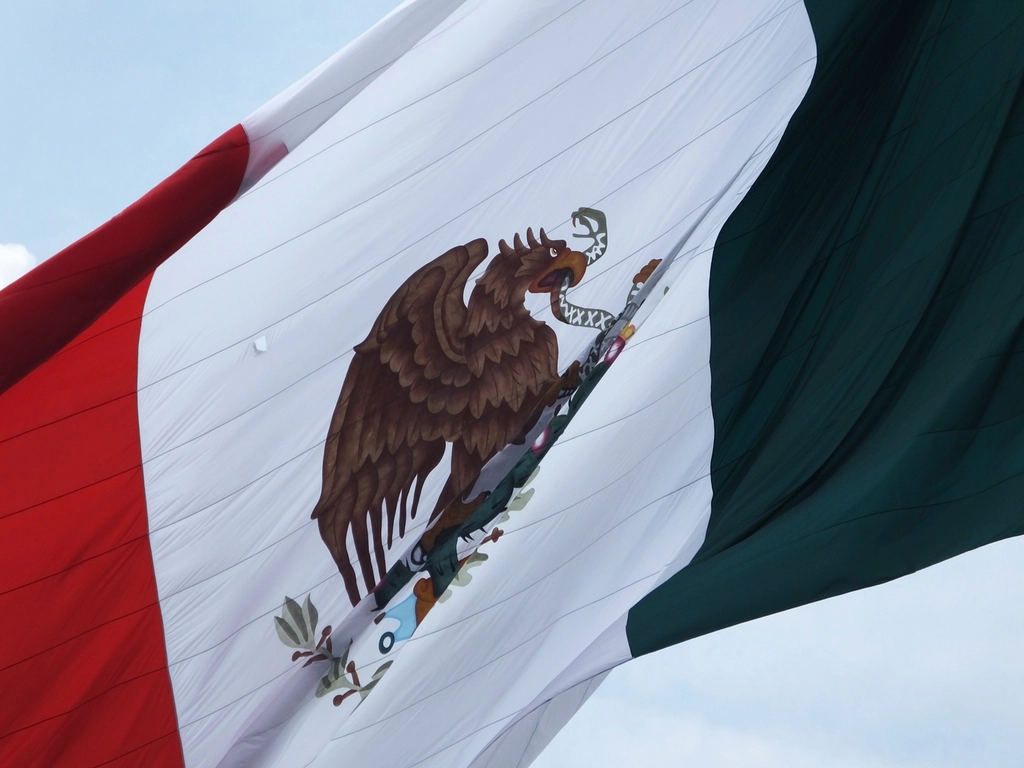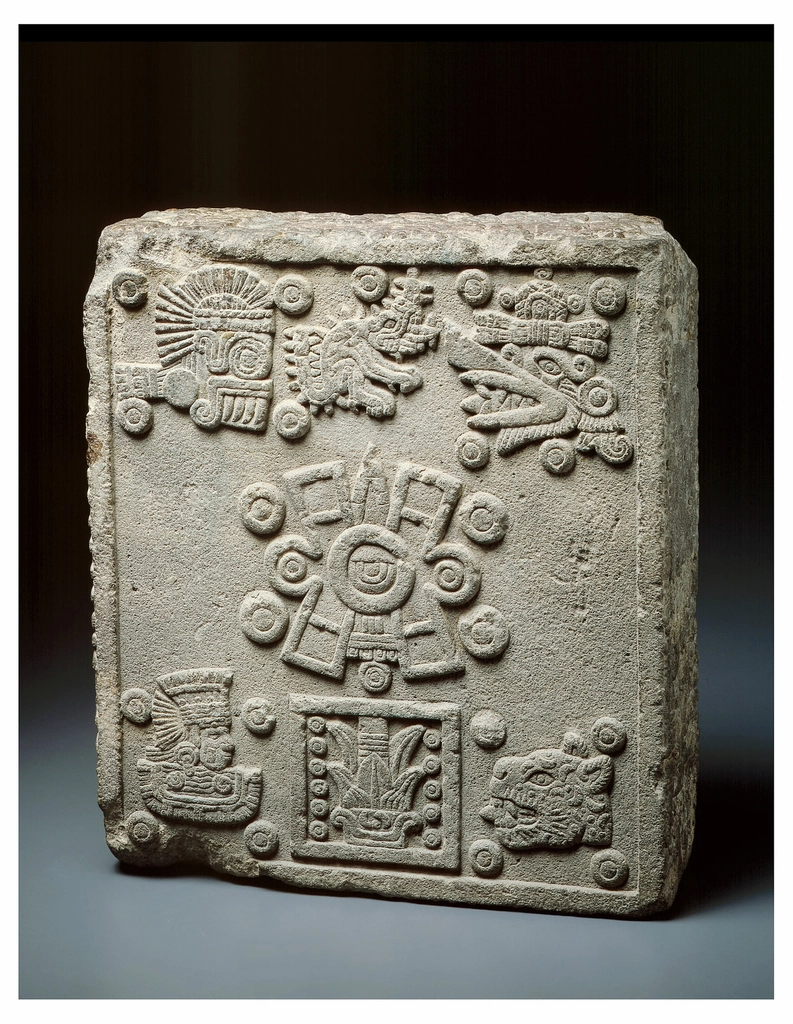Seven centuries is a great reason to celebrate ! This year marks 700 years since Mexico City was originally founded as Tenochtitlan, the ancient capital of the Aztec empire. No longer known by its original Aztec name, Mexico City is one of Latin America‘s most populous cities but it’s not the largest. São Paulo Brazil currently holds the title of Latin America’s largest city with a population of over 22 million people. And although Mexico City is older than São Paulo, it’s not as old as the ancient indigenous cities of Caral Peru and Quito Ecuador. The title of the oldest city in Latin America is often debated since some cities were not continuously inhabited and others were not fully established cities until recently. Even so, Mexico City is relatively young compared to Caral which incredibly predates the Incan civilization ! While precise dates are difficult to estimate, the city of Caral existed at the same time as the Egyptian pyramids, over 5000 years ago.
Mexico City’s origins are somewhat more recent. According to legend, the Aztecs were seeking to establish a city and chose the site of Mexico City after seeing an eagle eating a snake perched on a cactus.

The Aztecs believed it was a sign from their Aztec god Huitzilopochtli. The sacred site was a small island in the middle of lake Texcoco. Huitzilopochtli must have wanted to encourage ingenuity because the small island was extremely hard to build a city upon, especially given the technology available back then. The Aztecs had to find a way to build their empire’s capital on a small island with large swaths of water and wetlands surrounding it. To overcome these natural obstacles, the Aztecs had to develop new methods to farm and build structures. As the old saying goes ” necessity is the mother of invention.” The challenges presented by the capital’s location resulted in some brilliant engineering. Floating gardens were created to grow food, a canal system for commerce, and eventually buildings and temples. Tenochtitlan became one of the most advanced cities for its time. But it would not last. The city would face near complete destruction following the Spanish conquest and brutal siege by conquistador Hernan Cortes. A city that took over a hundred years to create was made into rubble and rebuilt within a few years. When Cortes arrived in Mexico in 1519, the Aztec capital was known as Tenochtitlan. By 1521, the conquistador had succeeded in capturing the city, destroying the original Aztec buildings and replacing them with Spanish colonial architecture. This marked the end of The Aztec empire and of Aztec civilization. Or so, they thought. Years later, some of the original Aztec buildings were discovered buried beneath the modern city and recovered. One such example is the Templo Mayor (or main temple) , a reclaimed and preserved site. Even more interesting is the name of the archeologist who directed the excavations at the Templo Mayor — Eduardo Matos Moctezuma. If that name sounds familiar, it should. Born in 1940, Eduardo is a descendant of Moctezuma Xocoytzin, the last Aztec emperor.

No one knows what else lies beneath the streets of this ancient land. When you visit Mexico City, you’re actually standing on one of the world’s oldest landfill sites. After the Aztecs originally built artificial islands by relocating soil, the Spanish continued to develop the area. After conquering the city, they drained the lake and created more new land. It is this land upon which modern Mexico City is built. Now 700 years later, the city and its people share in celebrating a complex yet resilient history. Mexico City is truly a living example of survival through the centuries.

Photo Credit above : “Ancient Mayan pyramid, Yucatan, Mexico“/ CC0 1.0

